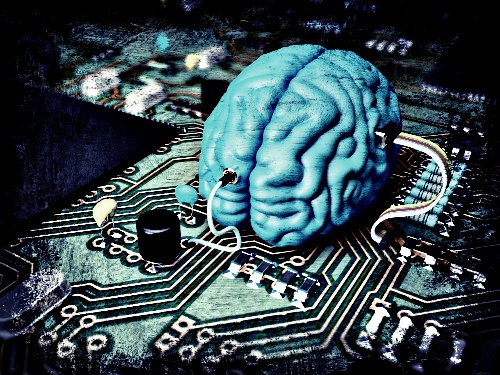
Breaking News
 Private Equity Plan to Steal Your Home.
Private Equity Plan to Steal Your Home.
 Comfy custom-fit saddle is 3D-printed according to data from your butt
Comfy custom-fit saddle is 3D-printed according to data from your butt
 WHO and EU Launch AI System To Monitor Social Media And Online "Misinformation" In Real T
WHO and EU Launch AI System To Monitor Social Media And Online "Misinformation" In Real T
 Why 'Mirror Life' Is Causing Some Genetic Scientists To Freak Out
Why 'Mirror Life' Is Causing Some Genetic Scientists To Freak Out
Top Tech News
 Future of Satellite of Direct to Cellphone
Future of Satellite of Direct to Cellphone
 Amazon goes nuclear with new modular reactor plant
Amazon goes nuclear with new modular reactor plant
 China Is Making 800-Mile EV Batteries. Here's Why America Can't Have Them
China Is Making 800-Mile EV Batteries. Here's Why America Can't Have Them
 China Innovates: Transforming Sand into Paper
China Innovates: Transforming Sand into Paper
 Millions Of America's Teens Are Being Seduced By AI Chatbots
Millions Of America's Teens Are Being Seduced By AI Chatbots
 Transhumanist Scientists Create Embryos From Skin Cells And Sperm
Transhumanist Scientists Create Embryos From Skin Cells And Sperm
 You've Never Seen Tech Like This
You've Never Seen Tech Like This
 Sodium-ion battery breakthrough: CATL's latest innovation allows for 300 mile EVs
Sodium-ion battery breakthrough: CATL's latest innovation allows for 300 mile EVs
 Defending Against Strained Grids, Army To Power US Bases With Micro-Nuke Reactors
Defending Against Strained Grids, Army To Power US Bases With Micro-Nuke Reactors
Elon Musk has launched a company that hopes to link your brain to a computer

Internal sources told The Journal that the company, called Neuralink, was developing "neural lace" technology that would allow people to communicate directly with machines without going through a physical interface. Neuralink was registered as a medical-research company in California in July.
Neural lace involves implanting electrodes in the brain so people could upload or download their thoughts to or from a computer, according to the report. The product could allow humans to achieve higher levels of cognitive function.
Tesla declined to comment on the veracity of The Journal's report.
Musk has expressed his interest in neural lace technology before. Musk first described the potential product at Vox Media's Code Conference in 2016, saying it would allow humans to achieve symbiosis with machines.
He said neural lace could prevent a person from becoming a "house cat" to artificial intelligence.
"The solution that seems maybe the best is to have an AI layer," Musk said at the Vox Code Conference. "A third, digital layer that could work symbiotically."
Musk said on Twitter in January that he was preparing for an announcement regarding neural lace.

 SpaceX Heat Shield and Starship Mass Production
SpaceX Heat Shield and Starship Mass Production

